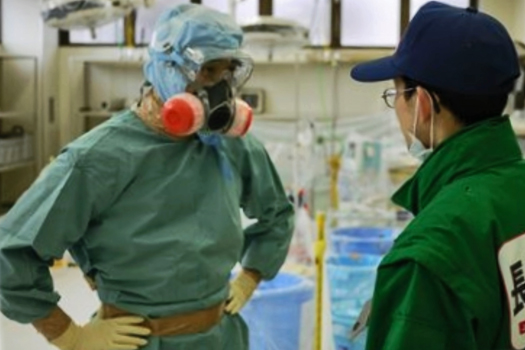After the March 2011 earthquake triggered a tsunami and a triple meltdown at the Fukushima No. 1 nuclear plant, it was a significant challenge for Fukushima Medical University Hospital, which was not prepared to treat patients exposed to radiation.
But Arifumi Hasegawa, 53, who was then an associate professor teaching emergency medicine there, and other doctors had no choice but to do something. From then on, they were the front-line doctors facing an unprecedented nuclear incident on par with the 1986 Chernobyl disaster.
"Our facility was not fit organizationally to deal with multiple disasters occurring simultaneously," said Hasegawa, recalling that time. "Medical staff lacked the knowledge and experience for such a situation."


















With your current subscription plan you can comment on stories. However, before writing your first comment, please create a display name in the Profile section of your subscriber account page.